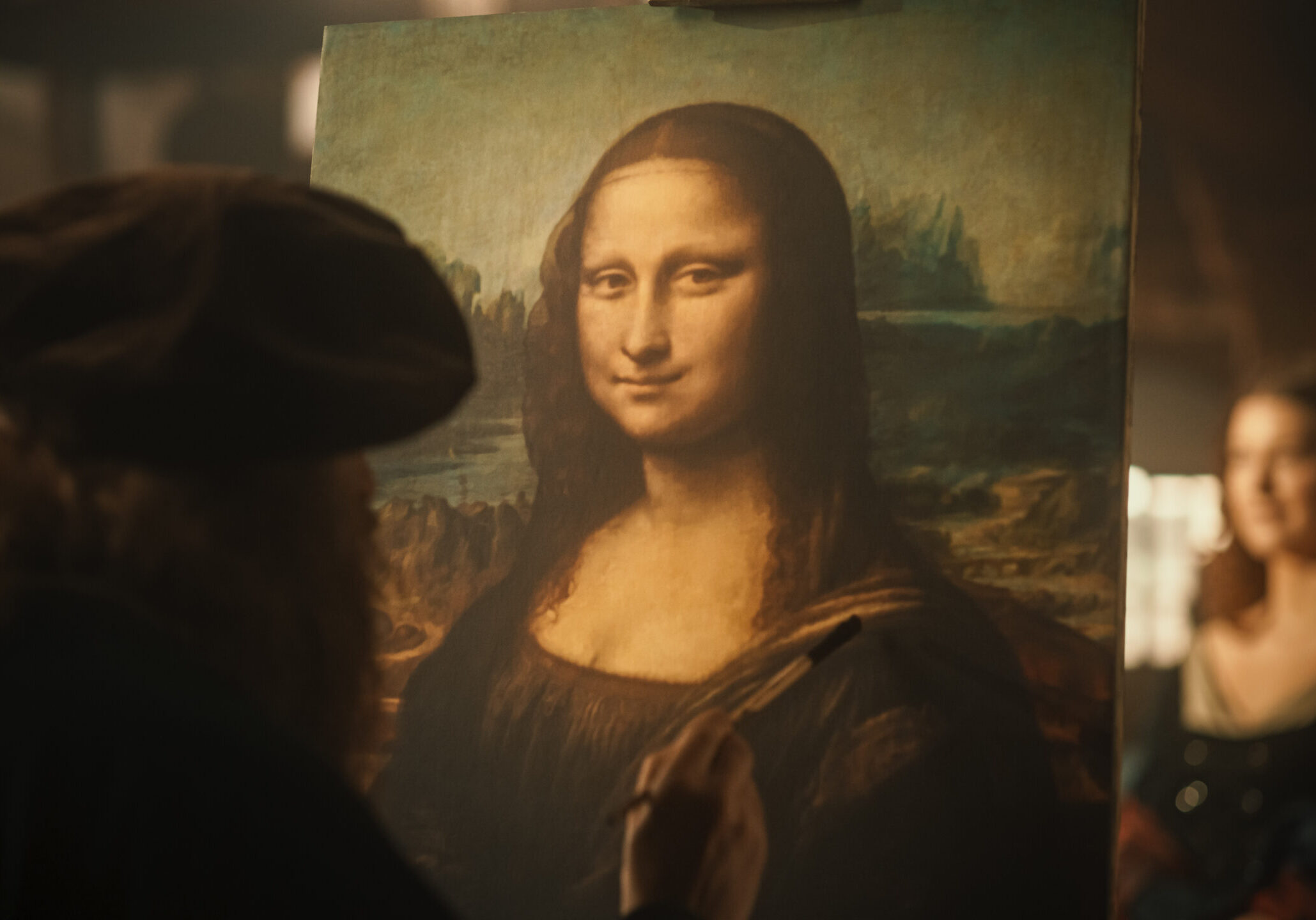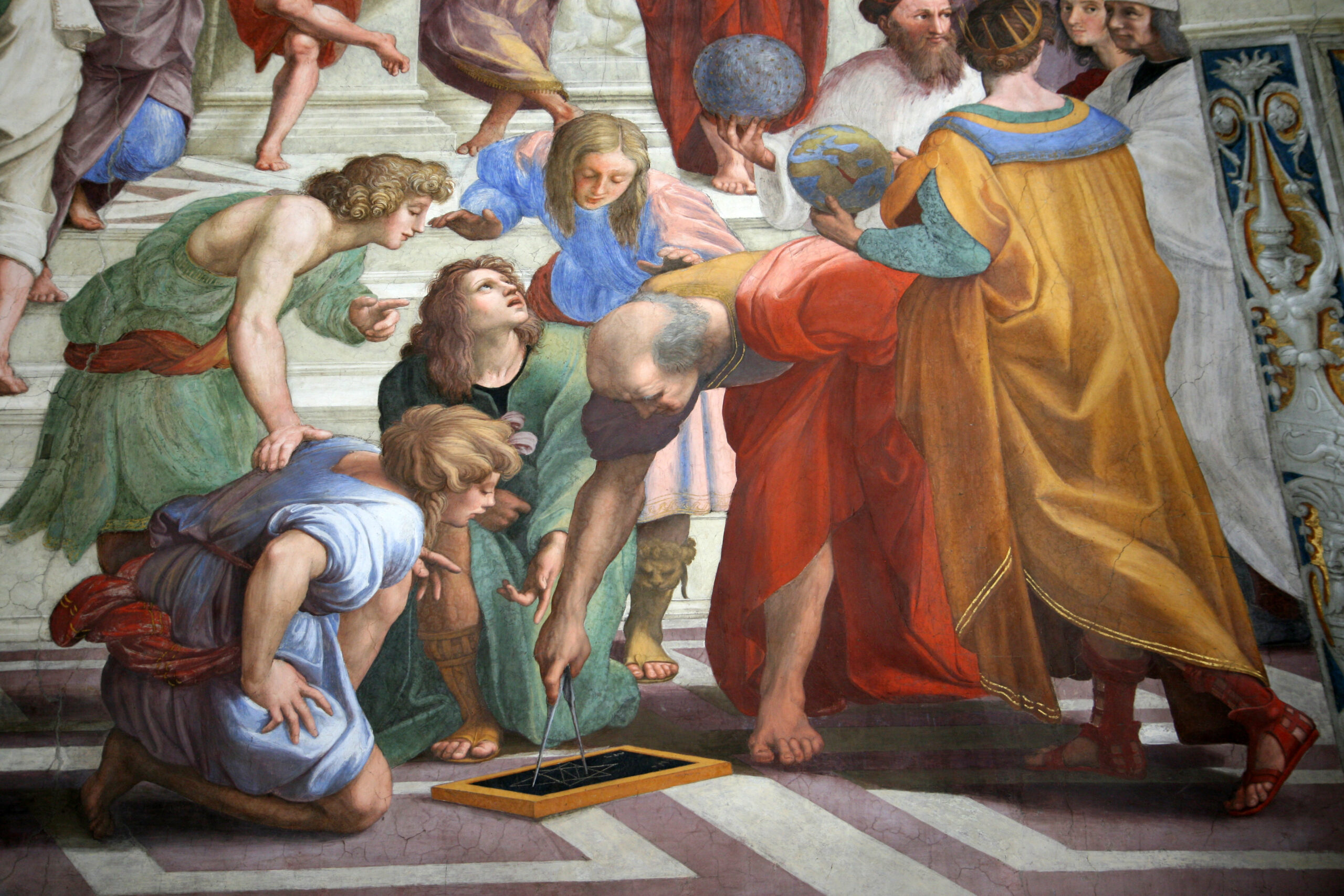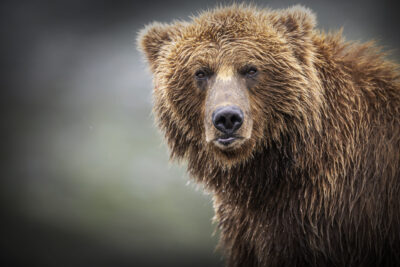
The Evolution of Oil Colours in Art History
by Northern Life
Throughout art history, oil colours have played a pivotal role in shaping the visual landscape. This versatile medium, with its unmatched ability to create depth, detail, and a wide range of colours, has been embraced by artists for centuries.
Oil paint remains a cornerstone of artistic expression, continually adapted and reinterpreted by each generation of artists. Its ability to convey emotion, texture, and luminosity has ensured its enduring popularity and influence in the visual arts. From its humble origins to its modern-day innovations, oil painting has undergone a remarkable evolution, influencing artistic styles and techniques across different eras and to this day.
The early beginnings of oil painting
Though its uses date back to the 7th century CE, the medium really emerged as a game-changer in the 15th century, challenging the dominance of tempera and fresco. Artists like Jan van Eyck pioneered its use, harnessing the advantages of oils, such as their slow drying time, which allowed for blending and layering colours with greater control and subtlety. This newfound flexibility enabled artists to achieve unprecedented levels of realism and luminosity in their works, setting a new standard in artistic expression.

Ptolemy and Strabo in the School of Athens by Raphael
Later, during the Renaissance and up to the 17th century, oil painting flourished under masters like Leonardo da Vinci and Raphael. These artists took oil colours to a whole new level, using them to depict intricate details, subtle tonal transitions, and lifelike textures with unparalleled skill. Oil painting became synonymous with the Renaissance aesthetic, enabling artists to explore complex compositions and realistic human forms in ways that were previously unimaginable.
Dramatic effects, expressive brushwork and the revolution of light
In the Baroque period, artists such as Rembrandt or Rubens really played with the dramatic potential of oil painting. They employed chiaroscuro (contrasting light and shadow) and dynamic brushwork to create intense emotional and narrative effects. Oil colours allowed for rich, deep tones and a sense of three-dimensionality, enhancing the theatricality and realism of Baroque art.
By the 19th century, Impressionist artists revolutionised oil painting once again. Creative masters such as Monet sought to capture the ever-changing effects of light and atmosphere with loose brushwork and vibrant colour palettes. Innovations such as the “broken colour” technique and the use of small, visible brushstrokes (impasto) created a sense of immediacy and movement in their works, marking a departure from traditional realism.
Modern oil painting
In the 20th century, oil painting continued to evolve with diverse movements such as abstract expressionism, pop art, and photorealism. Artists like Jackson Pollock and Mark Rothko explored new forms of abstraction and emotional intensity through oil colours. At the same time, Andy Warhol and Roy Lichtenstein used oils to critique and celebrate popular culture. Contemporary artists today push the boundaries of oil painting with digital integration, mixed media, and conceptual approaches, keeping it fresh and relevant in today’s art scene.
The evolution of oil colours in art history reflects not only technical advancements but also shifts in artistic philosophies and societal influences, making it a fundamental part of artistic expression throughout history.




